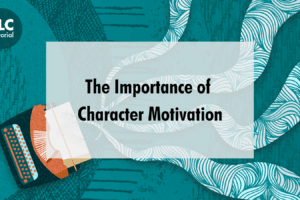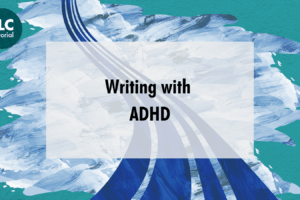In the many manuscript reports I’ve compiled for TLC over the years, the question I find myself most often posing to writers is about writing the senses. It often seems as if many writers are reluctant to include sensory detail in their fiction, especially those descriptions that go beyond the visual and the aural, or they’ve been told it slows down the action too much. That characters have bodies that experience multiple sensations is an obvious point to make, but it’s one that often seems minimised or overlooked in writing, or, if not overlooked, minimised.
The role of senses in writing
We have always lived in a visual culture and seeing is the predominant sense, so it’s not surprising that the visual sense also dominates in writing. Sound usually comes second in prose writing, and in film and television it’s also the sense most frequently used to create effect, emotion, involvement beyond the visual. Often, when I’m reading work in progress, I’m struck by how ‘filmic it is,’ with the characters’ perceptions very much a ‘camera-eye’, or how the novel sometimes like a tv series rendered in prose form. In fiction we can offer more – much more – than the two predominant senses, and evocations of smell, taste, and touch, in words are important tools we can use.
Touch, taste, and smell are the more intimate of the senses; to stroke an object with your fingertips, or grab it firmly, to sniff at a thing, scent a living being, to take something into your mouth and onto your tongue. These sensory, sensual experiences bring us closer than observing and hearing. They also take us back to our early childhoods, to before language, when we discover the world by touching, tasting, sniffing, and this can cause an instantly visceral, bodily reaction in a reader.
Touching something is not the same thing as being touched, observing is not the same as being watched. We act upon the senses and the senses act upon us, and we’re not always in control of that: the smell of fresh doughnuts instantly transports me back to days out at the fair in New Brighton when I was a kid, whether I like it or not. Sometimes this makes me smile, other times it makes me feel nostalgic, wistful, sad. Emotions are felt, sensorially, before they are thought about, even if the gap between feeling and thinking is miniscule, non-existent even, and you don’t know it’s going to happen until it happens. In this way the senses can surprise both characters and readers.
Do a ‘sensory edit’ of your work
It’s also worth remembering there are different degrees of the visual – seeing is more passive than looking, and looking is more passive than noticing, though we say we ‘feel seen’ when our lives are taken account of, or noticed by others, so we then come full circle in a loop of the visual. Focus is important too. You don’t need to describe everything about a place or a person all at once. Rather, each moment focuses on the details that are relevant to that moment. This way, you can avoid large ‘blocks’ of description and weave it through the text in a more organic way, just as we don’t ourselves notice everything about a person or a place at first.
A specific use of the various senses allows the world to reveal itself in layers, adding depth to our stories and to our characters – what do the particularities and peculiarities of what our characters notice and experience then tell us about them, or about our stories? It’s worth doing a ‘sensory edit’ on your work – reading it specifically to focus on your use of the senses, bringing variety into the world of perception, adding if need be, or subtracting if you like, concentrating, distilling, intensifying the reader’s experience. This form of layering and deepening can pay massive dividends by sparking somatic responses in the reader and that then generate connection and go some way to re-living lived experience.
Aim for specificity
If they are to be vivid then sensory descriptions, like all description, should strive to be specific and particular rather than vague and generic. It’s also a good idea not to try too hard to surprise or be quirkily original – this can read as forced and self-conscious if you don’t quite hit the mark. I think the best (by which I mean the most effective) sensory writing has an organic quality to it, growing naturally from the moment, the person, sprouting from the prose itself – by this I mean it uses the same register and melody of the prose world you’ve created so far, and is not discordant or imposed.
It’s important to say I’m not arguing that you overload your writing with sensory description – far from it. I still believe less is more in order to heighten the impact of the use of the senses. What I crave, often, is variety in sensory description, the utilising of a variety of the senses over the entirety of a full-length narrative building up over time to create a multi-dimensional fully-realised world through which people move, not only noticing things but experiencing them, as we ourselves experience the world we inhabit.
Michael Langan provides manuscript assessments and developmental editing for TLC. You can find out more about these services and others on our Services page.








